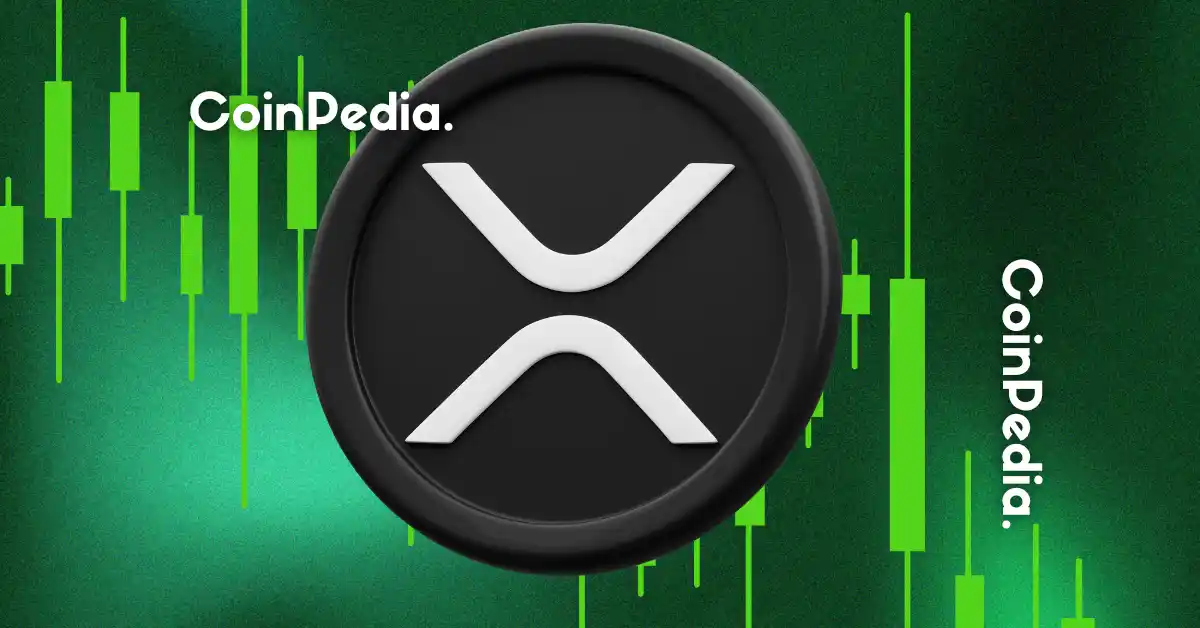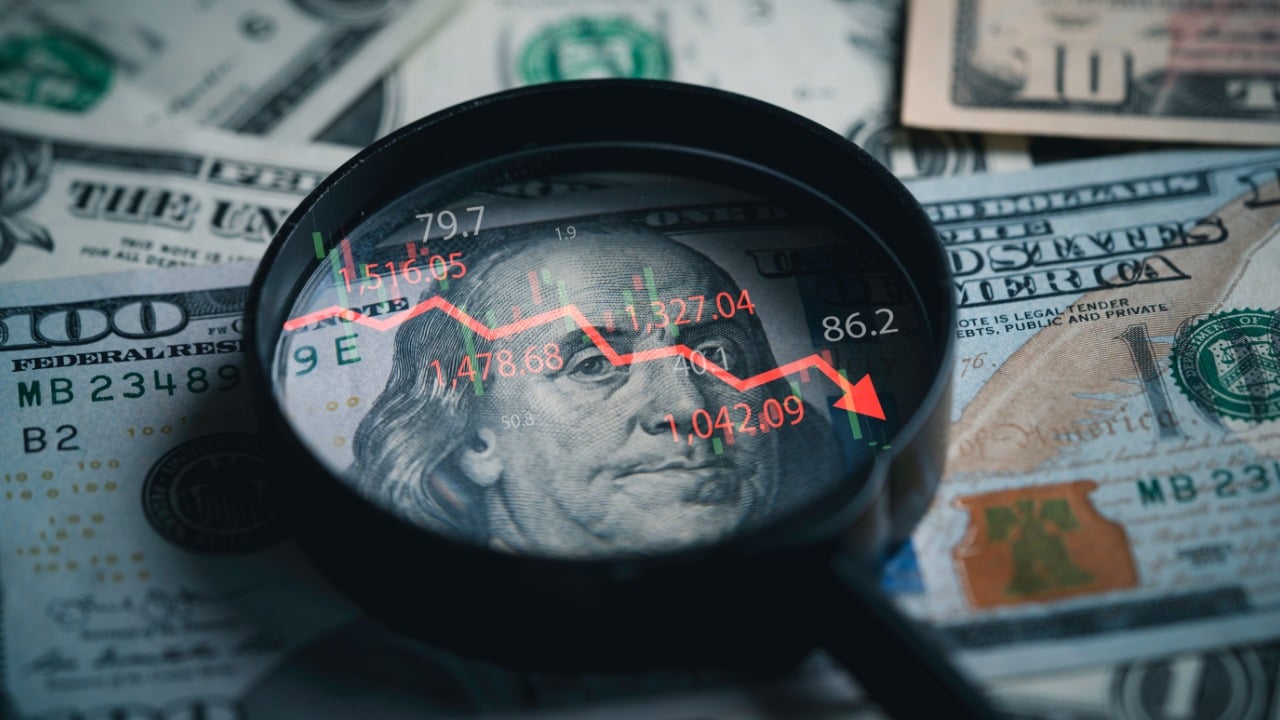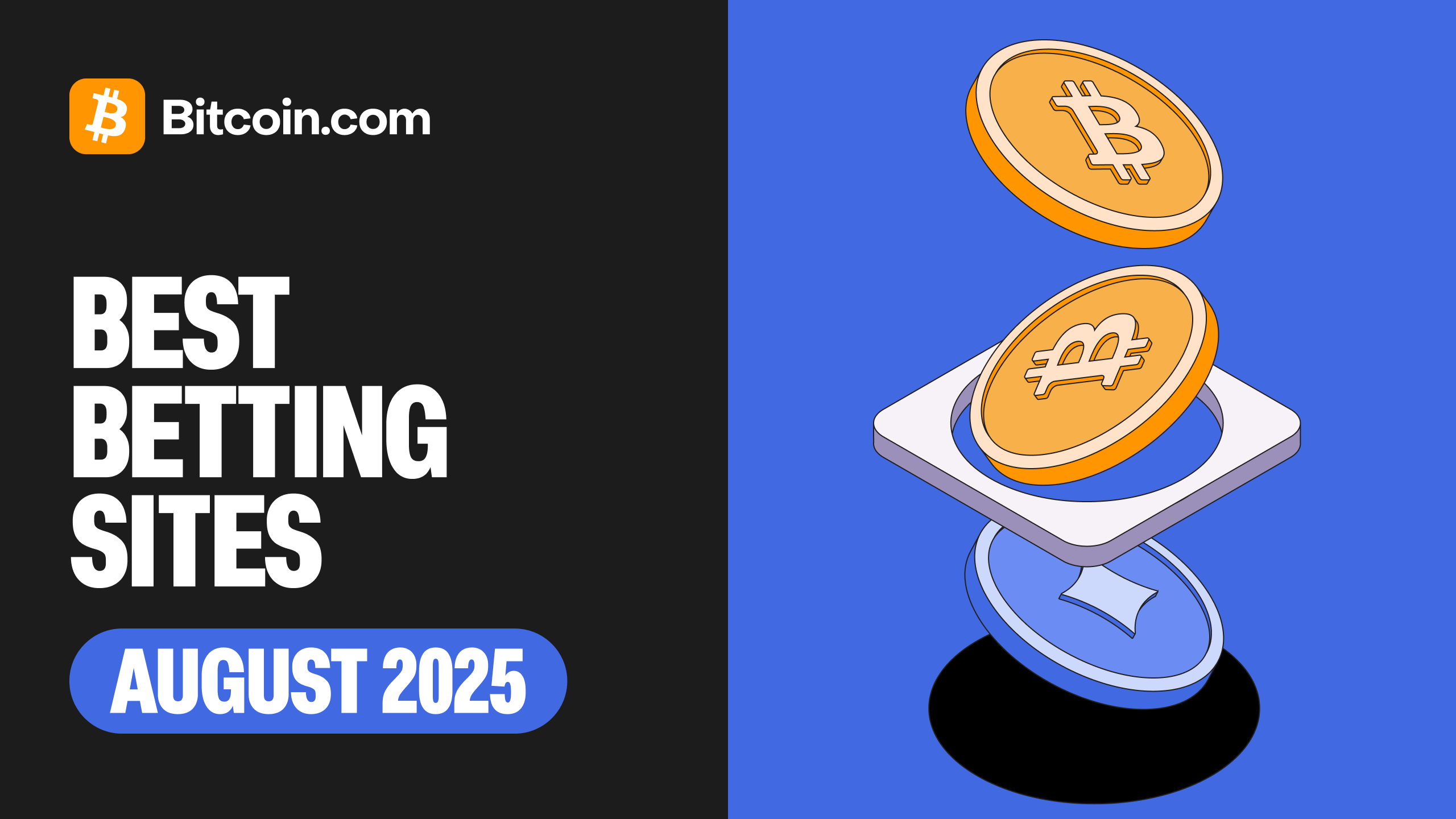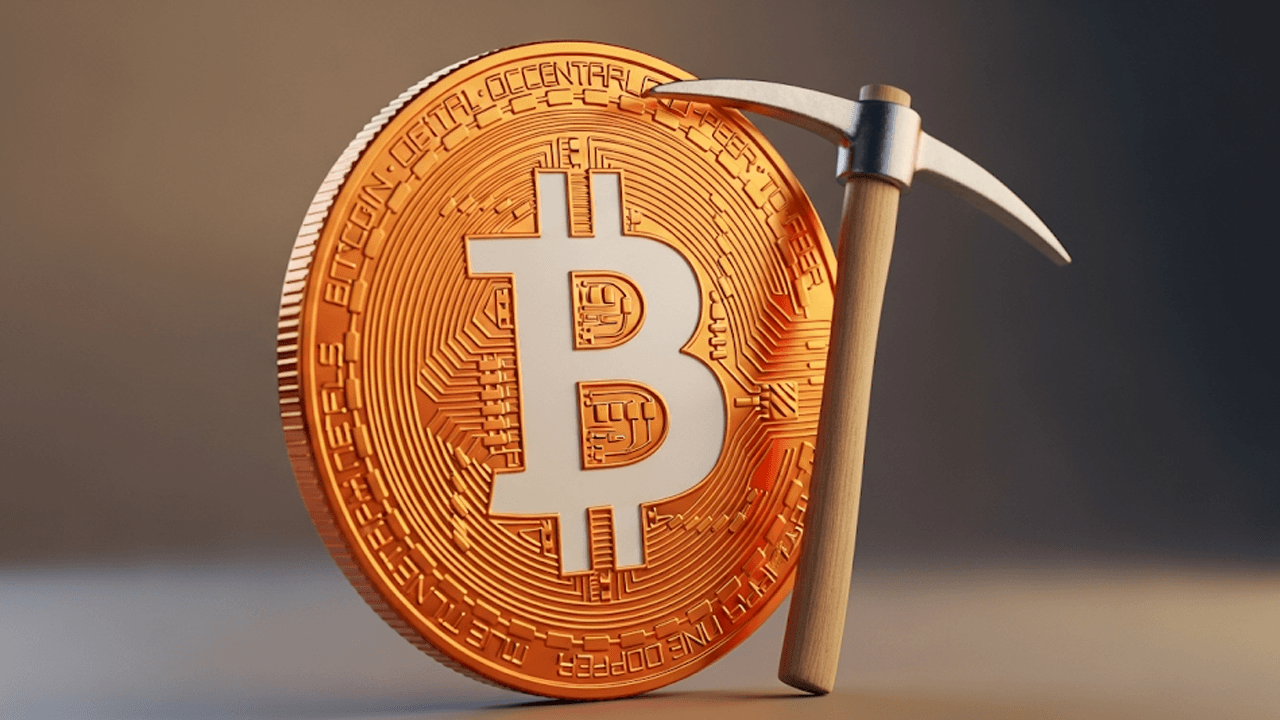The recent $703 million XRP transfer by SBI VC Trade has sent ripples through the cryptocurrency market, sparking discussions about Ripple’s escrow system, SBI’s strategic positioning, and the growing speculation around XRP ETFs. This substantial movement of 320 million XRP tokens, occurring just before Ripple’s scheduled escrow release on July 1, 2025, has raised questions about the timing, purpose, and broader implications for XRP’s market dynamics.
Ripple’s Escrow Mechanism and XRP Supply Dynamics
Ripple’s escrow system, implemented in 2017, plays a crucial role in managing the circulating supply of XRP. Out of the maximum 100 billion XRP tokens, approximately 57.76 billion are currently in circulation as of early 2025, with around 37.43 billion XRP locked in escrow. These escrowed tokens are released monthly in batches of approximately 1 billion XRP, providing Ripple with a predictable and transparent supply mechanism.
The $703 million transfer by SBI VC Trade is particularly noteworthy because it coincides with Ripple’s regular escrow unlock. This timing has led to speculation about whether the transfer is part of a coordinated strategy between Ripple and SBI or reflects broader strategic objectives. The movement of such a large quantity of XRP just before the escrow release suggests that SBI may be repositioning its holdings in anticipation of future market developments, such as Ripple’s potential IPO or the resolution of the SEC lawsuit.
SBI’s Strategic Role in the Ripple Ecosystem
SBI Holdings, a key Ripple partner, owns close to 9-10% equity in Ripple Labs. The company’s long-standing partnership with Ripple has been instrumental in driving XRP’s adoption and infrastructure expansion, particularly in Asia. SBI’s recent transfer of 320 million XRP tokens has sparked interest in the market, as it indicates a significant reallocation of assets by a major stakeholder.
Financial disclosures from SBI suggest that the company will only recognize the valuation of its Ripple stake following a Ripple IPO or an equivalent valuation event. This implies that the XRP tokens held in escrow do not currently contribute to SBI’s Ripple investment valuation on its balance sheet. The timing of the transfer, just before Ripple’s escrow release, may reflect internal portfolio adjustments in anticipation of future corporate developments, including the possibility of an IPO.
ETF Speculation and Its Impact on XRP
The excitement surrounding SBI’s XRP transfer is further amplified by the growing speculation about XRP ETFs. Several factors contribute to this optimism:
– Legal Progress and Regulatory Signals: Ripple’s ongoing legal battle with the U.S. Securities and Exchange Commission (SEC) appears to be nearing a resolution. Positive court filings, settlement talks, or rulings could remove significant regulatory overhangs, paving the way for XRP ETFs.
– ETF Filings and Acknowledgements: The SEC’s acknowledgment of multiple XRP futures ETF filings, including Bitwise’s, signals the approaching potential for official XRP ETFs. Such investment vehicles would enable easier institutional and retail participation in XRP markets, increasing demand and price stability.
– Market Reaction and Price Momentum: XRP recently surged to notable highs, partly driven by ETF speculation and optimism over Ripple’s legal outlook. These factors enhance the appeal of XRP as an investible asset and refresh interest in XRP-backed financial products.
SBI’s token movement being timed just before large escrow releases might reflect preparation or alignment with expected market catalysts linked to ETF approval prospects. Large token movements can precede ETF launches, as firms position supply and demand to optimize investment flows.
Broader Market Context: XRP Circulation and Valuation
SBI’s latest financial statements highlight XRP’s market capitalization, pegged to around 20 trillion Japanese Yen (~$150 billion USD) with nearly 58 billion tokens circulating. The individual token value of XRP has climbed significantly, reflecting growing use cases and global adoption.
However, the tangible impacts on XRP price hinge on supply predictability. Ripple’s escrow system ensures that sudden dilution is minimized, fostering investor confidence. Large token movements by key stakeholders, such as SBI, hint at operational liquidity needs or strategic positioning rather than casual trading, influencing perceptions of market maturity.
Meanwhile, Ripple has been actively investing in ecosystem expansions, including high-value acquisitions like Hidden Road, signaling readiness to use XRP for broader settlement and liquidity applications. This pragmatic growth enhances confidence in XRP’s long-term utility and supports speculative enthusiasm around XRP ETFs.
Conclusion: SBI’s XRP Movement as a Harbinger of Market Maturation
The $703 million XRP transfer by SBI VC Trade amidst Ripple’s escrow release schedules is more than a headline number; it reflects intricate interplay between token supply management, investor strategy, and anticipated regulatory and financial milestones.
SBI’s actions underscore its critical role in Ripple’s ecosystem and hint at coordinated preparations ahead of fundamental events such as Ripple’s IPO and potential SEC settlement. Coupled with intensified ETF chatter, these developments signify XRP’s evolving journey from a cryptocurrency embroiled in legal uncertainties toward a more mainstream financial asset.
As XRP’s market supply stabilizes and ETF vehicles edge closer to approval, participants should watch how such large-scale token movements by pivotal actors like SBI affect liquidity, valuation, and investor sentiment. The unfolding scenario offers a fascinating glimpse into how institutional partnerships, escrow mechanics, and regulatory progress converge to shape the future of digital asset markets.





